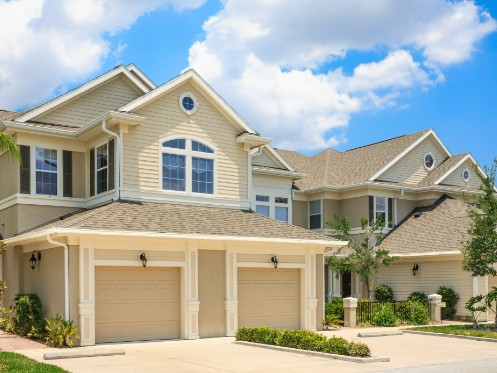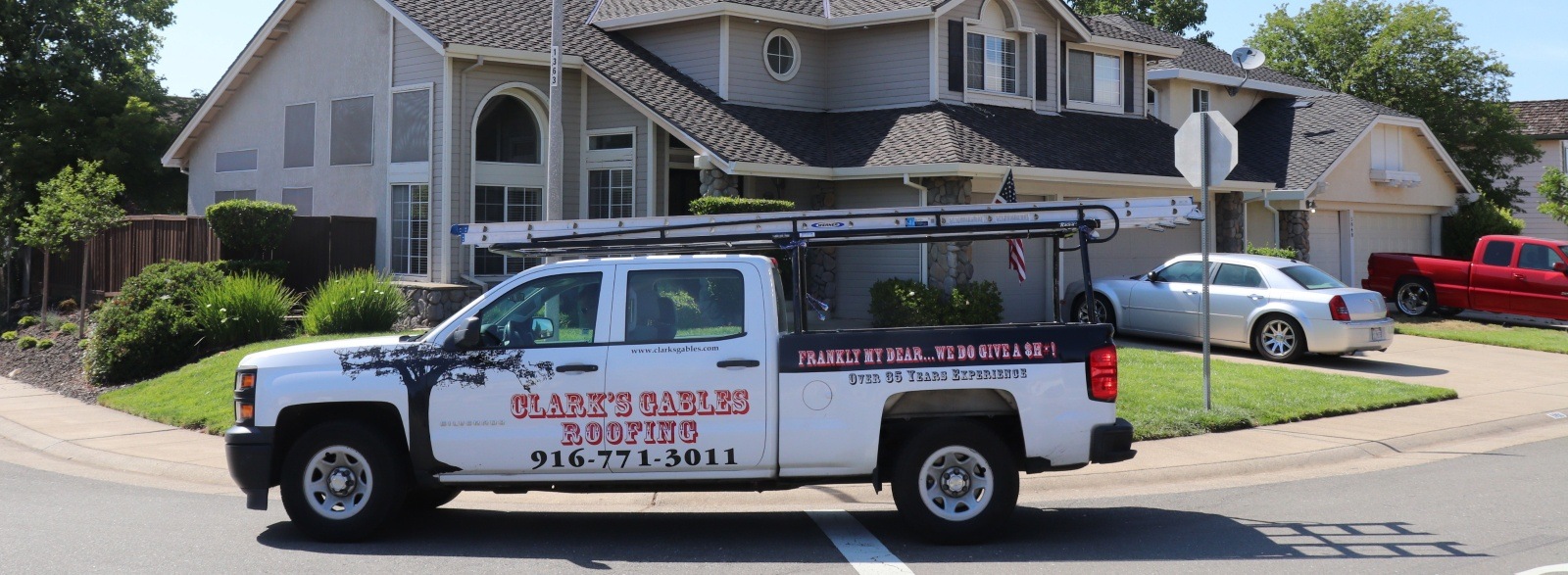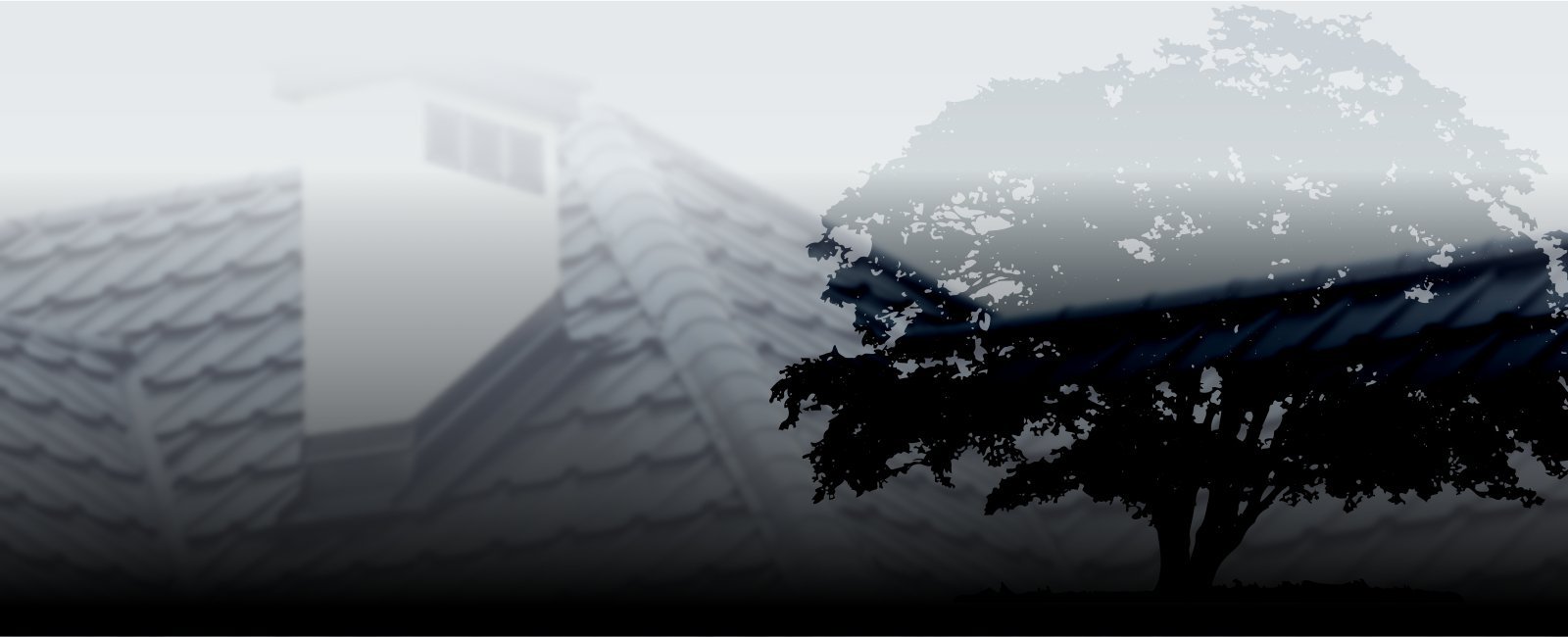When water enters your home, fear of the unknown could keep you from taking action. Homeowners who aren’t ready for a roof replacement often put leak repairs off until these problems can’t be ignored. Unfortunately, roof leaks don’t get better on their own. Instead, they quietly fester in the background while becoming increasingly costly to resolve. To help you avoid the property damage and extra spending of an unchecked roof leak, we’ve provided this guide to roof and ceiling water damage. We’ll explain how to spot it and what to do about it.
Blistering Paint
Blistered paint on the interior of a building could mean that water has already traveled through the roofing substrate, the building’s framing, and attic areas. When paint blisters, it pulls away from the underlying surface. This loss of adhesion occurs due to high levels of heat or excess moisture. Having indoor paint that is chipping, flaking, or discolored can also indicate a roof leak.
The good news is that minor paint blistering doesn’t always indicate you have a problem with your roof. You may have high levels of humidity that have caused your interior paint to blister. This is fairly easy to treat.
When roof leaks are significant and ongoing, blistering paint forms massive bubbles that may leak or “sweat.” The only way to determine if your blistered paint is caused by your roof is by scheduling a roofing inspection.
Stained or Sagging Ceilings
When brown spots develop on the ceiling of the top floor of a residence, they indicate roof-related water damage. Discolored water spots on residential ceilings are frequently the result of bent or worn flashing, damaged vents, and missing, curled, or broken shingles. Rather than attempting to bleach or scrub your discolored ceiling, contact a roofer immediately.
One of the most important things to note about water spots on the ceiling is that they don’t always mark the exact locations of roof leaks. After the water has breached your roof and entered the building, it can travel along attic rafters and other surfaces before affecting your ceiling.
Shingle Granules Around the Perimeter of the Building
As shingles age, they gradually lose their raised granules. These come off as small, dark-colored pebbles. You might find them in your gutters, at the base of your downspouts, or scattered around the yard near the building.
Shingle granule loss is hardly aesthetically pleasing. It often creates large, dark patches on roofs that are visible from the curb. Shingle granule loss additionally results in a dramatic decrease in the overall functionality of roofing systems. Shingle granules direct moisture off the roof’s surface by optimizing the water flow. They also provide essential UV ray protection to minimize the ravages of the natural elements. Even if you don’t have visible water damage on the building interior, this development could mean you need a roof replacement.
Musty Odors
Musty odors aren’t just a problem in old, damp buildings. They can also affect relatively new homes with failing roofs. When building materials become saturated, it takes just 24 to 48 hours for problems with mold and mildew to develop. Pervasive, musty odors could mean that one or more sections of your roof are failing.
Loose or Torn Flashing
Residential roofs are many-layer systems that form an impenetrable barrier. One of these layers is flashing. It’s a thin layer of metal, usually galvanized steel, used to direct water away from protrusions in the roof. Without it, water could get in through vent pipes, skylights, chimneys, and from a roof’s valleys. If you have torn or lifted areas of flashing on your roof, you’ll want to call for an inspection and repairs immediately.
Your Roof Feels Springy Underfoot
Although it’s rarely advisable for homeowners to walk on their roofs, another sign of moisture damage is a bouncy, springy feel underfoot. This could mean that the roofing is damaged down to its substrate, and the affected area must be replaced from the rough framing out.
At Clark's Gables Roofing, we help residents of Roseville, CA make informed decisions about their roofs. We offer residential roof repair and replacement services. We also provide custom roof design. To give your home the protection it deserves, contact Clark's Gables Roofing today!




